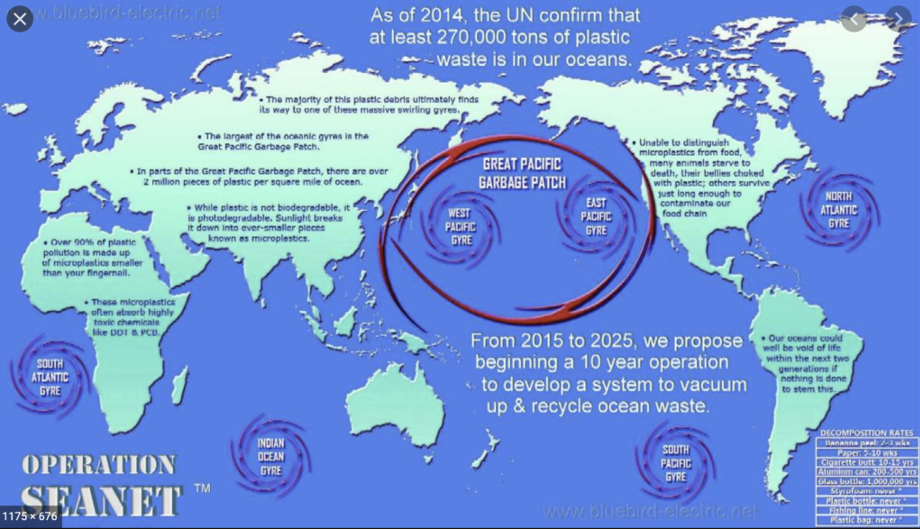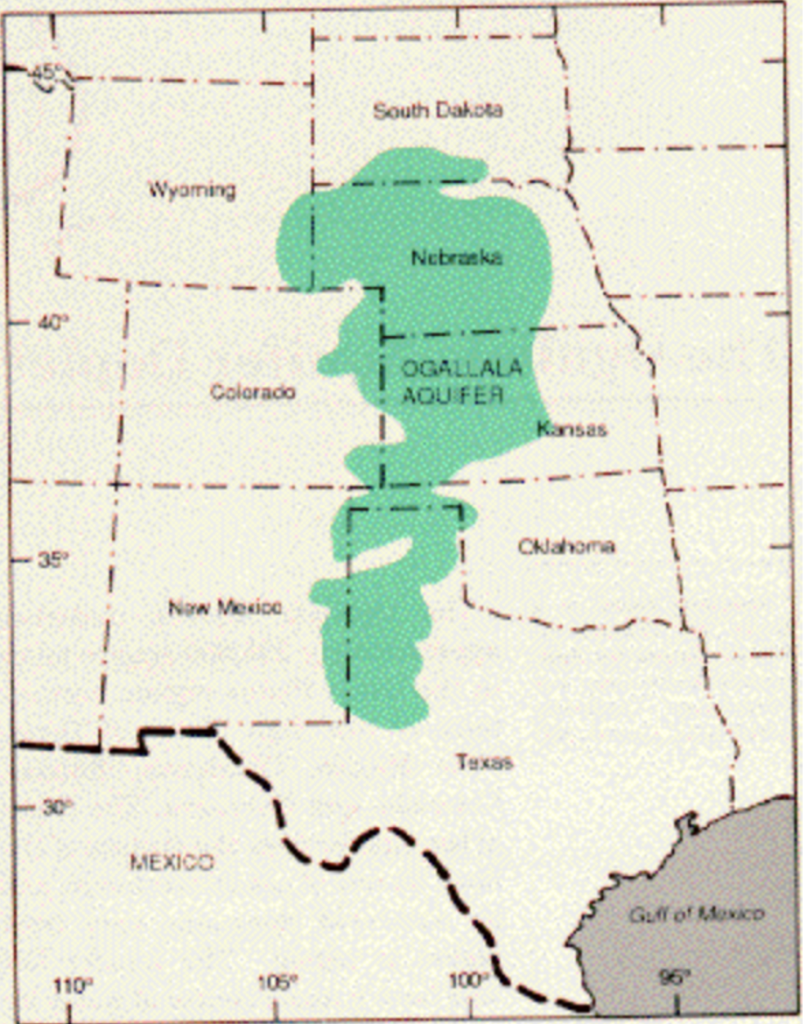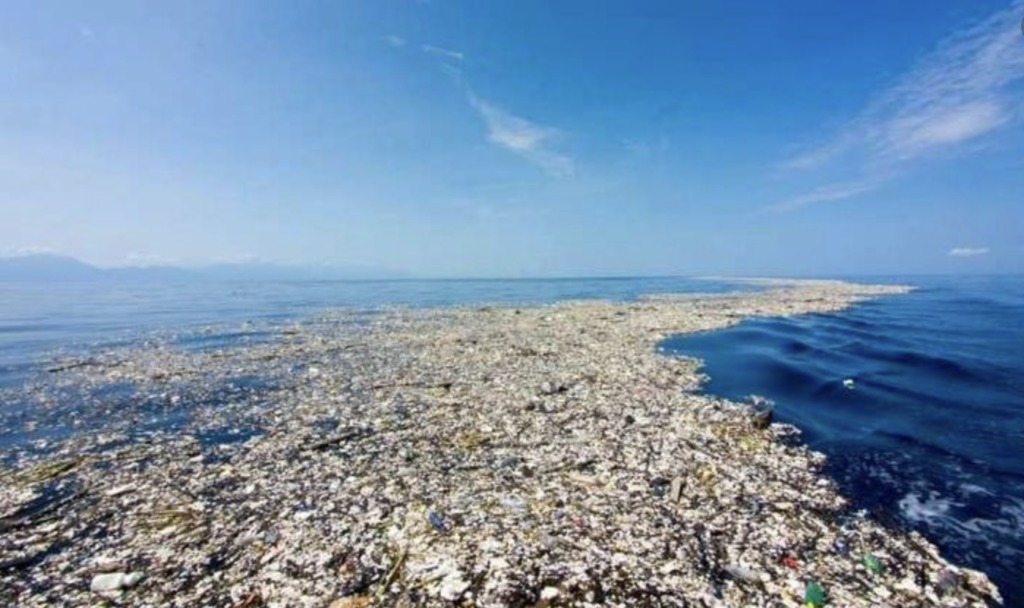“Water, water everywhere, nor any drop to drink …”
About 70 percent of the world is covered by water, and nearly 97 percent of it is in the oceans.
As Samuel Taylor Coleridge wrote in his “Rime of the Ancient Mariner,” we can’t drink the oceans.
We sure can pollute them, though.
Did you ever wonder what happens to all the garbage we generate? Do you think it just vanishes?

Sadly, it doesn’t. As horrible as it sounds, amazing amounts of garbage and detritus get dumped into the ocean. They create “garbage patches,” the largest of which is in the North Pacific and is larger than the state of Texas. It reportedly contains more than 2.5 trillion pieces of garbage.
Think about that. What if the state of Texas were covered completely with garbage, from the Panhandle to the Rio Grande, from El Paso to Texarkana? And of course, with population growing exponentially, it will keep getting worse at a faster rate.
It’s possible if you’re very shortsighted — and very wrong — to say that we can’t drink salt water, so if we poison it, it’s no big deal for us. We just have to protect the fresh water.
But we’re not even doing that. When it doesn’t rain enough to suit farmers’ needs, when there’s not enough snowmelt to turn into water, we use ground water to irrigate crops.The ground water is in subterranean aquifers, the largest of which is the Ogallala Aquifer, which is under much of the Great Plains.

Believe it or not, we are taking so much more out of the aquifer than is being replenished that 60 percent of the water it contains is gone.
Air is the only thing more crucial to life than water, so it’s a valid question to ask what happens when we run out of fresh water.
If you say that we can always discover an economical way to desalinize ocean waters, that might be possible. It might also be disastrous in the long run. Imagine a world with 10 billion, 20 billion, 30 billion people or more. Then imagine massive desalinization plants working 24 hours a day, 365 days a year to keep up with the world’s needs.
Then imagine the depletion of the Ogallala Aquifer … on steroids.
Imagine coastal beaches 50 feet above sea level.
Imagine bottled water for $100 a liter.
Or $1,000.
Or more.
There’s really only one solution.
In 1900, there were 1.6 billion people in the world. Last year that number was pushing 7.8 billion.
We’ve simply got to stop growing. That doesn’t mean not having babies at all, but it does mean something like once you replace yourself, you don’t reproduce anymore. A married couple could have two children and no more.
Obviously this doesn’t fit in with climate change, but in the long run it may be almost as crucial to the survival of mankind.
It might not be as poetic as Coleridge, but …
“Where has all the water gone? Long time passing …”

